How To Get Rid Of Aphids On Tomatoes
As an Amazon Associate and member of other affiliate programs, I earn from qualifying purchases.
Aphids are very commonly encountered when growing tomatoes. These tiny pests are found worldwide, sucking sap from the leaves of your tomato plants and multiplying very quickly.
Their piercing bites can transmit viral disease, and a severe infestation can cause curling, yellow leaves and a loss of production of tomatoes. Aphids don’t just parasitize tomatoes, they can be found on most fruits and vegetables as well as landscaping plants like flowers, shrubs, and trees.
How to get rid of aphids on tomatoes
Fortunately, aphids are not difficult to manage in the vegetable garden and, in this post, we’ll cover several organic and natural ways of controlling aphids.
What do aphids look like?
All species of aphids are tiny, about the size of a sesame seed, and they come in many colors including green, red, white, and black. On sunny days, they’ll find a shady part of the plant to hide under, so you’ll often find aphids on the undersides of leaves, along the stem, and on the flowers.
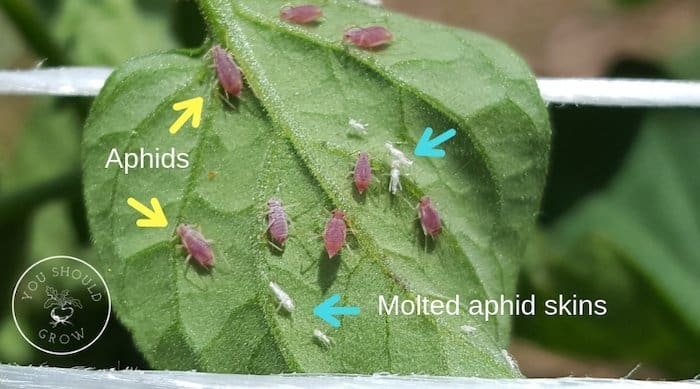
As they grow, they molt, shedding their skin, and leaving behind little white shells of their former selves. It’s easy to confuse these thin flakey shells for living pests.
You may see only one or two aphids, but in extreme cases, whole leaves and stems can be covered in these tiny bugs. Aphid infestations occur when a flying aphid lands on your tomato plant. It will then lay many eggs which hatch and lay more eggs.
An infestation of hundreds to thousands of aphids can occur within a couple of weeks. The majority of aphids cannot fly, but if the plant becomes too crowded, winged forms of aphids will develop to fly off and find a new host plant.
Symptoms of aphid infestation
Early on, you may not notice any symptoms of aphids, however as they grow and multiply, you may see misshapen, curled, and yellow leaves. As the numbers of aphids grow, you will start to notice your plant doing poorly, failing to thrive, and producing fewer tomatoes. If the aphids have transmitted a viral disease, then you’ll start to see symptoms like yellow spotting, brown leaves, and even death of the plant.
One of the most notable symptoms of aphids is a sticky substance on your leaves and fruit. As the aphids suck sap from your plants, they excrete a sweet sticky substance referred to as ‘honeydew.’ You may notice black sooty mold growth on the leaves and soil around the plant where the honeydew collects.
Aphids and Ants
Ants are particularly fond of the aphids’ sweet honeydew, so you will often see an infestation of ants along with your aphids. Some species of ants are known to protect and even ‘pet’ their aphids to encourage them to hang around and be a continuous source of food for the ant colony.
This is known as farming aphids, and some studies suggest that a chemical excreted from the ants has a sedative effect on aphids causing them to move more slowly and remain on one plant nearest the ant colony.
Organic aphid control
Because of their ability to reproduce rapidly, you should be checking your plants for aphids on a weekly basis. Although they’re small, they’re easy to identify and are commonly found on the undersides of leaves and along the stem. Finding aphids on your tomato plants is not a cause for panic. There are many natural options to control these small soft-bodied insects.
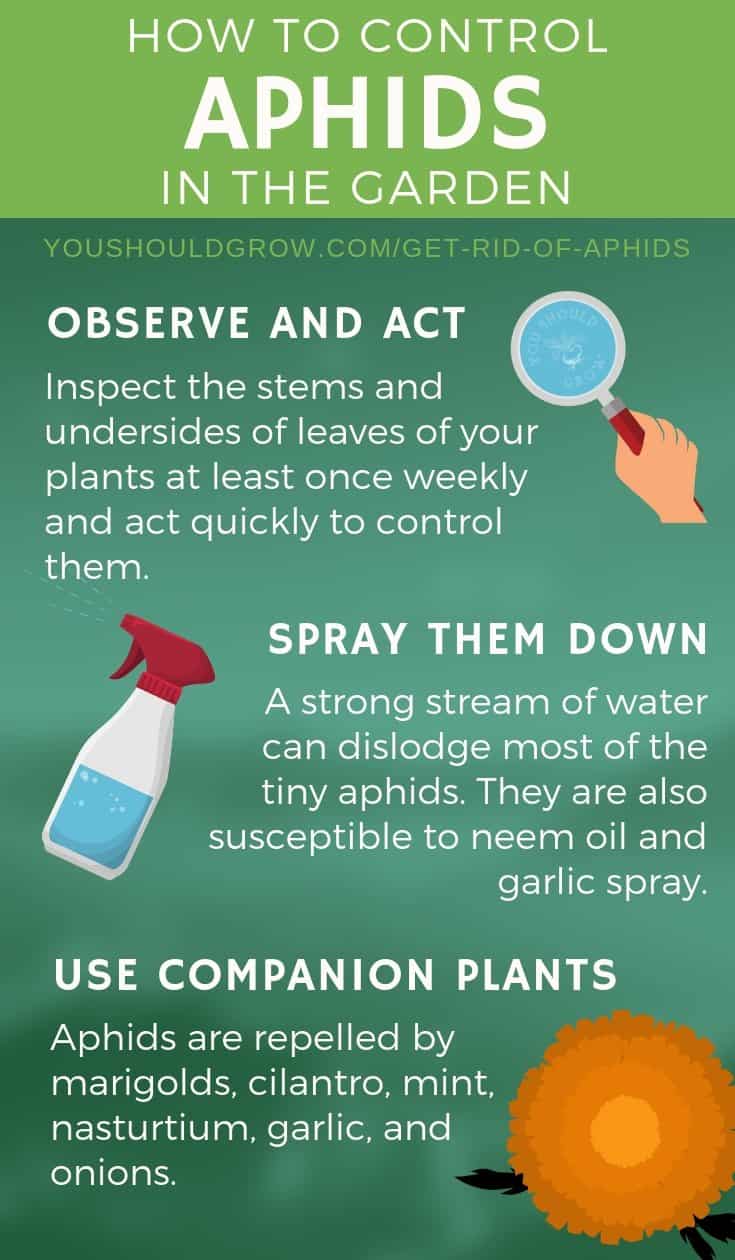
Manual removal
If you notice just a few aphids, they’re easy to smash with your fingers or dislodge with a strong spray of water. This is an effective method for minor infestations, but be aware that strong sprays of water may also dislodge blossoms or baby tomatoes. So you may want to be choosy about when to use this method.
Predatory insects that eat aphids
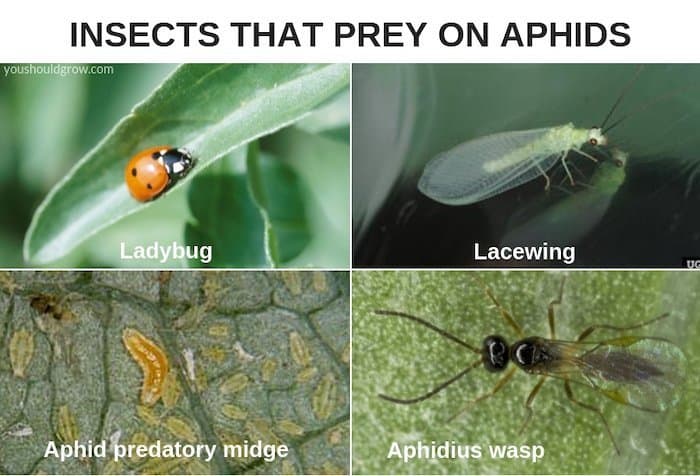
Aphids are a tasty snack for aphid midges, lacewings, and ladybugs, so if you see any of these bugs nearby you’ll know you have a helping hand in getting rid of these pests. There is also a parasitic wasp native to North America that will lay its eggs inside of a living aphid. As the larvae grow, it consumes the aphid causing it to die.
Aphids that have been parasitized by this wasp become what is known as mummy aphids. They look slightly swollen and turn brown in color. If you see these, make sure not to squish or remove them as they are helping your garden. However, because aphids can reproduce so quickly, predatory insects, while helpful, are rarely enough to effectively control severe infestations.
How to kill aphids
Watch the video to see how we apply diatomaceous earth to get rid of aphids on our tomatoes.
When infestations are severe, we always turn to diatomaceous earth (DE) as the first line of defense. This white powder is actually crushed up fossils and is very abrasive to the soft skin of the aphids. When they walk through or are covered with DE, it slices through their skin causing them to dehydrate and die. Some gardeners are opposed to using DE because it is possible that bees and other beneficial insects could be affected.
To minimize that impact, don’t dust your plants when bees are active and be careful not to drench the flowers with powder. DE is safe to use on your food and get on your hands. It’s very easy to wash off and has no residual effects. However, breathing it in can cause damage to your soft lung tissue so be careful not to apply DE in confined spaces. The major downside to using diatomaceous earth is that it is only effective when it’s dry and all insecticidal activity is negated by watering or rain.
Even a heavy morning dew could be enough to impact the effectiveness of DE. Because aphids must come into contact with the DE in order for it to work, it’s easy to miss a few hiding on plant leaves and crevices when you’re dusting your plants.
Aphid sprays
Aphids soft bodies also make them susceptible to most insecticidal sprays. They’ll be controlled by horticultural oils, insecticidal soaps, neem oil, or homemade treatments. To make a homemade aphid spray, mix 1 tbsp vegetable oil and a few drops of dish soap in a quart of water. Eucalyptus oil, lemon oil, lime oil, crushed garlic, or pepper sauce can be added to this mixture to enhance its effect.
Droplets of water/oil on your plant leaves can concentrate heat and sunlight, so spray the leaves of your tomato plants in cooler times of the day to decrease the chance of damaging the leaves. Reapply the spray every 7 days or after it rains. Organic insecticides like pyrethrum can be used, but pyrethrum will kill any and all insects including beneficials, so it should only be used when other methods have failed.
Natural aphid control
Another way to help minimize aphid infestations is to use companion planting techniques. Surround your tomatoes with marigolds, nasturtium, mint, tansy, or cilantro to help keep aphids away from your plants. For companion planting to have an effect, you need to make sure your companions are tucked in quite close and densely with your tomatoes.
Mint is quite nice, but it tends to become invasive. For that reason, you may choose to place your mint in pots which also gives the benefit of raising the mint up higher on your tomato plant where it can be more effective at keeping aphids away. Cilantro and tansy make good companions to repel aphids, and their flowers also attract many other beneficial insects to your garden. Marigolds and nasturtium are great edible flowers.
Other methods of organic aphid control
Aphids are attracted to the yellow color of tomato blooms, so using yellow sticky boards will help catch aphids (and other bugs). But you’ll have to place them carefully so you don’t get your plants, clothes, or hair stuck on there too.
Reflective mulches are also effective to minimize pests. Simply surround the base of your plant with a reflective material like aluminum foil to confuse and repel aphids and other insects. In the heat of the summer, however, you’ll probably need to remove the reflective material so it doesn’t overheat or damage your plants. Row covers are another option for preventing aphid infestations, but row covers can be difficult to manage on large indeterminate tomato plants.
Aphids on tomato plants
When it comes to pest control on tomato plants, focus on the health of your plant. If you notice one or two pests, but the plant seems healthy, you may not need to resort to broad applications of pesticides. Selective use of these organic methods of control should be sufficient to support your plant without adding unnecessary effort or chemicals in your garden.
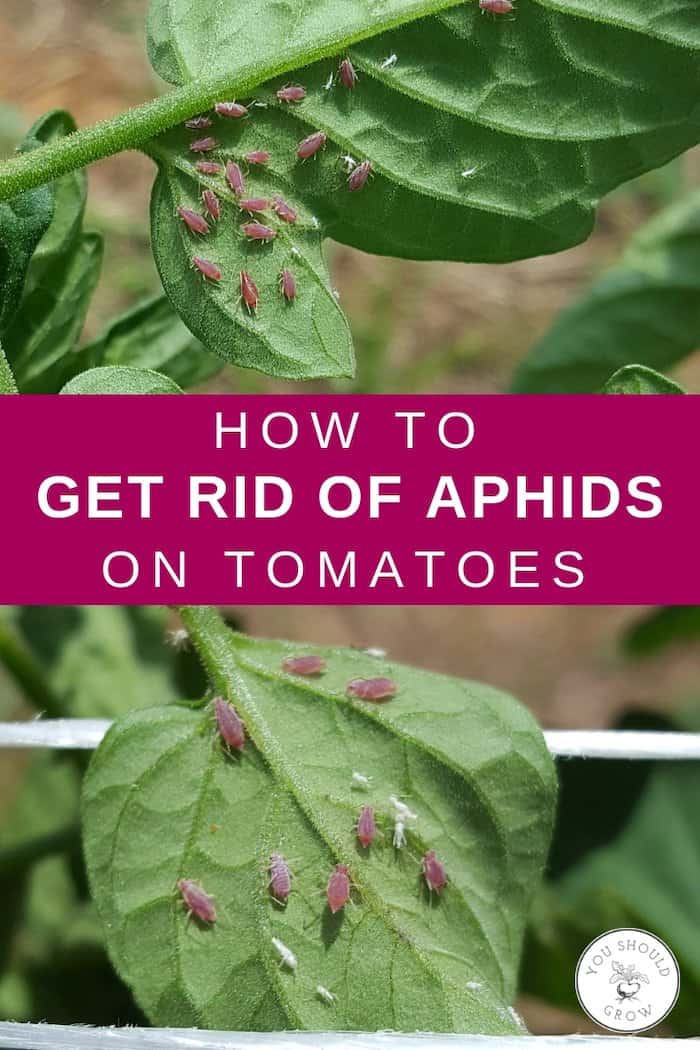
Predatory insect image sources:
Green lacewing: Joseph Berger, Bugwood.org
Aphids predatory midge: Whitney Cranshaw, Colorado State University, Bugwood.org
Aphidius wasp: David Cappaert, Bugwood.org


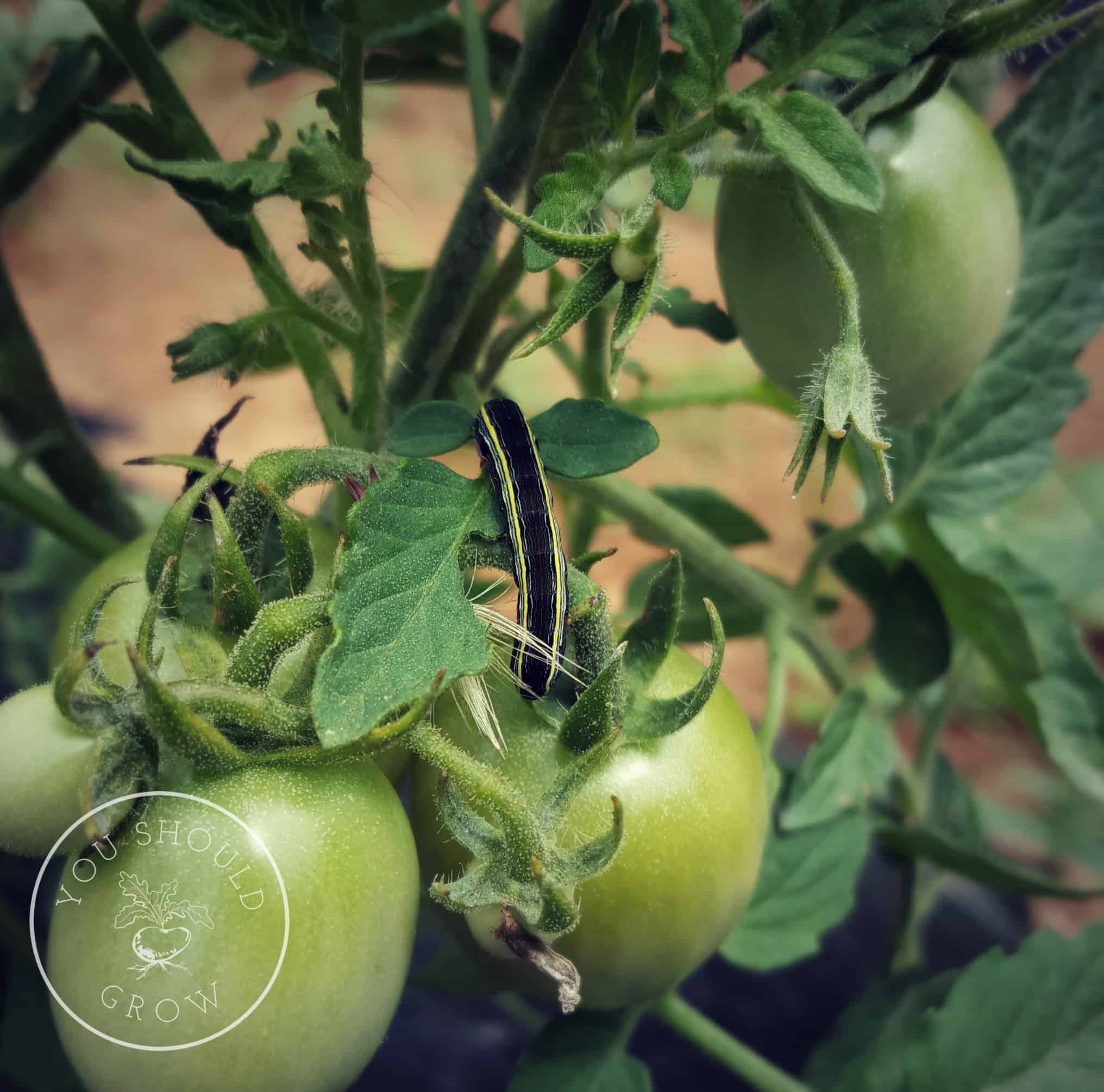
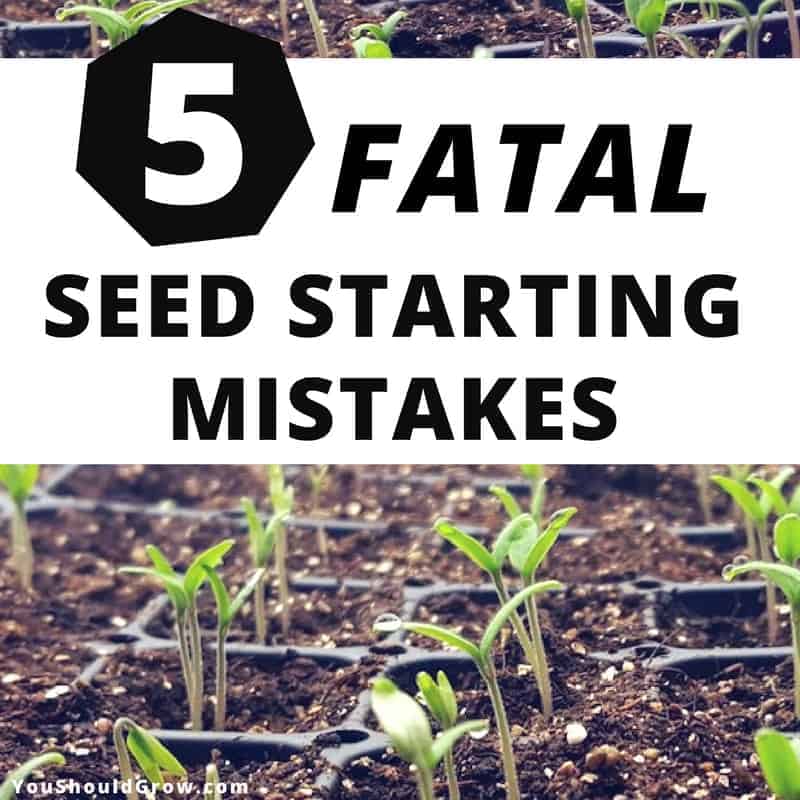

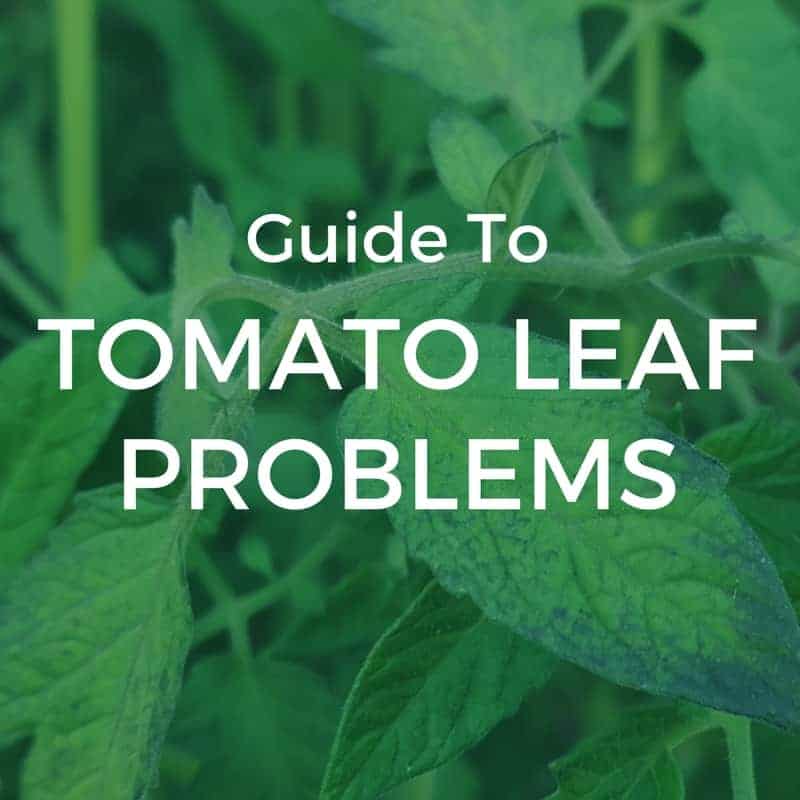
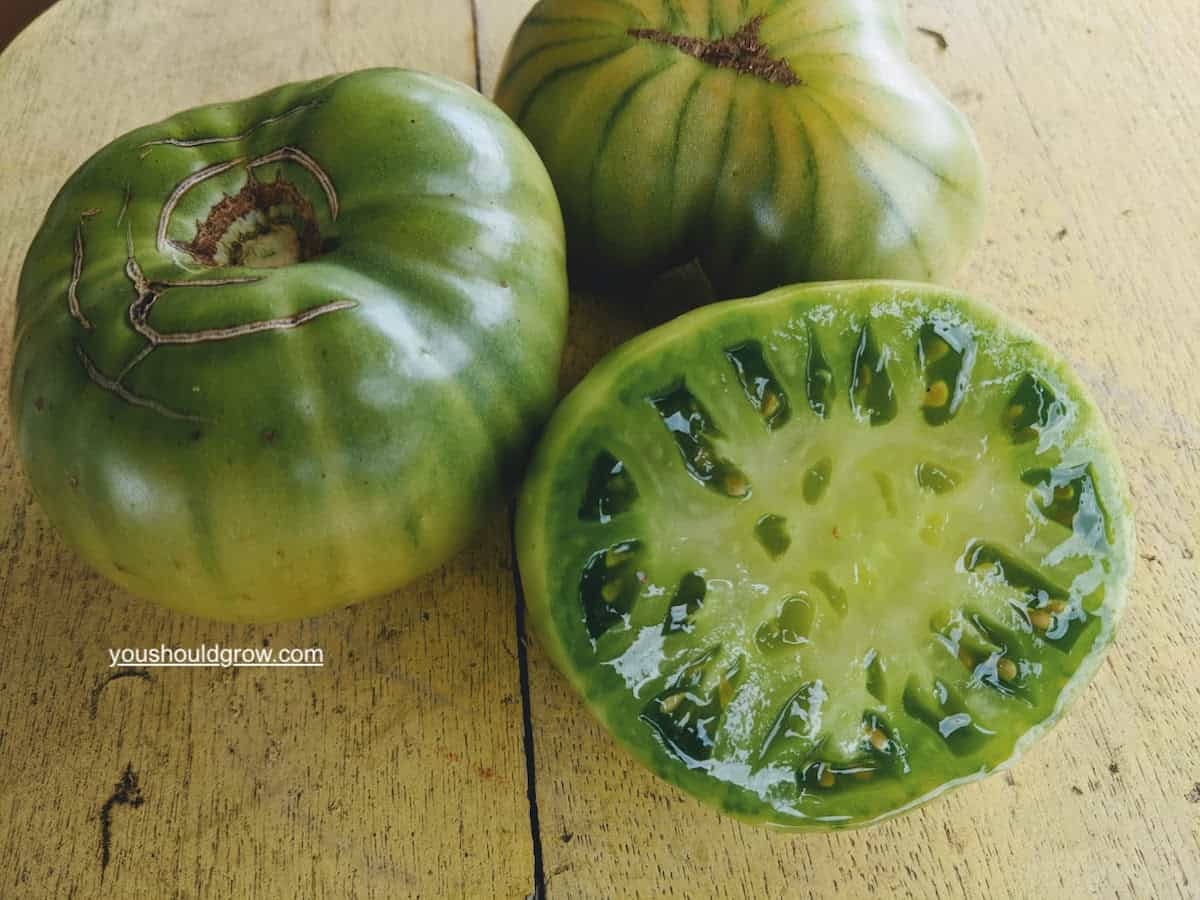

What about neem oil? I have had pretty decent luck using this. I mix neem oil with water and had a drop or two of dish soap.
Do aphids eat leaves. I thought it was aphids eating my tomatoe plant leaves. Any ideas?